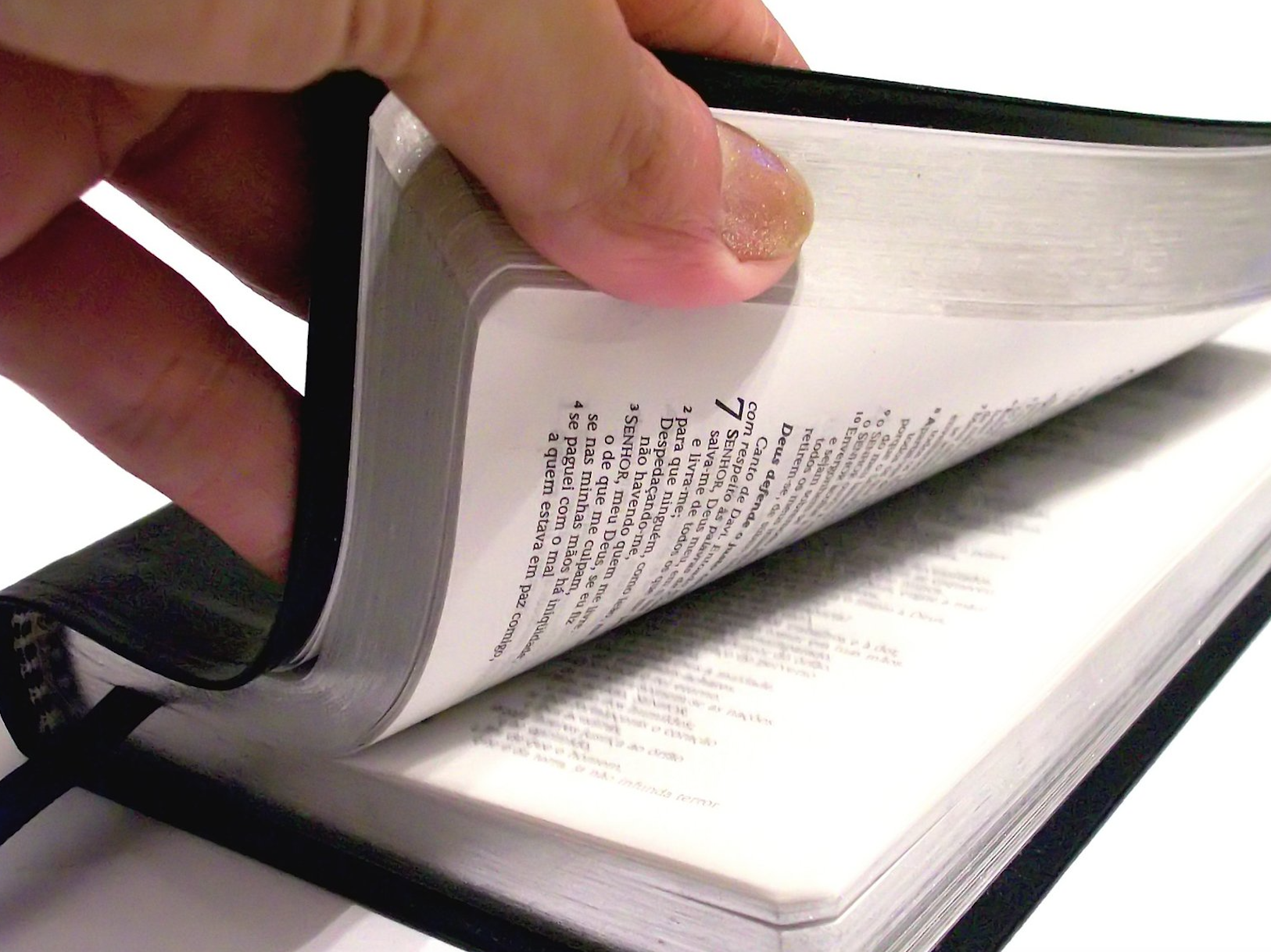I’ve been writing about how individual books of the Bible hit us as readers. I’m trying to process something different than what might first be addressed in commentaries – the structure or themes or message of the book. I realize I come close to speculation in this process. But I’m trying to express what we might experience when we read the book for the first time or after not having read it in a long time. I’m also trying to put myself in the shoes of a recent convert or seeking outsider who encounters the book for the first time.
What strikes me most, while recently rereading Ezekiel, are all the many graphic visual pictures the prophet paints. More than other prophets, I think, Ezekiel creates explicit, emotionally gripping images. Time and again we see Ezekiel act out scenarios (rather odd ones on occasion) or tell stories that engage our imaginations in inescapable ways.
He starts with a fantastic image of living creatures in a windstorm with accompanying images of wheels, wings, jewels, and thrones. This picture gets brought back on stage more than once. Then, over the next many chapters, we see acted out or verbally described depictions (and I’m only selecting a few) of a watchman (ch. 3), a model siege (ch. 4), a haircut with a sword (ch. 5) (Note: swords show up several times in this book – see especially ch. 21), meat in a pot (ch. 11 & 24), an abandoned baby in a field who grows up to be an adulterous woman (ch. 16), and two adulterous sisters (ch. 23).
There are more. I’ll let you read the book for yourself and feel the force of a string of visual images paraded across your reading eyes. But rather than list or describe or attempt to interpret them, I want to reflect on the emotional effect of reading them. How does the shape of this book hit us?
For me, I feel the force of two powerful messages. God does indeed judge sin and he will indeed restore sinners. Most of the book hits the first theme. But both get presented in forceful, repetitive ways. Put another way, I am struck by the otherness of God and the undeservedness of his mercy. When I read Ezekiel, I don’t just understand those truths, I’m punched in the stomach by them.
I think this is because both truths – as the Bible presents them – seem alien to the world in which we live. Most of the time, in most of our culture, God seems rather ordinary. He’s just like us, only bigger and more powerful. He’s reasonable, especially when it comes to accepting (even loving!) people “just the way we are.” But if that image is accurate, the gospel – the atoning death by God’s son to save lost sinners – seems rather bizarre. It certainly seems unnecessary.
To go back to my friend’s original question, the reason why the book of Ezekiel is so long, is that it needs to be in order to wake us from the slumber of our faulty, watered down, lame view of God. The book is long because it takes time to have its effect. It’s repetitive because we don’t believe it the first several (many!) times we hear it. And it’s graphic because we need to feel it far more than just understand it.



